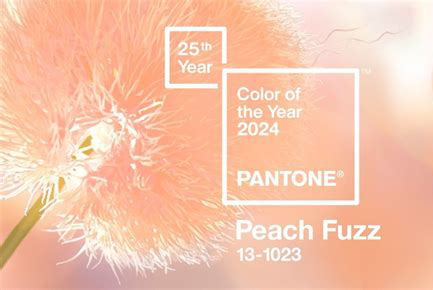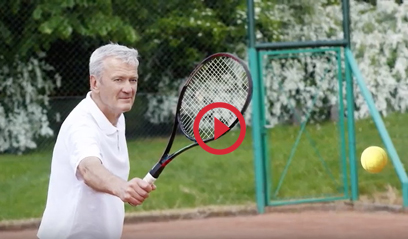Dr. Mary Manz Simon,
ALOA Board of Directors
“Yes,” says Pantone, the world’s authority on colors.
As a result, 13-1023 Peach Fuzz was named the 2024 color of the year. Although Peach Fuzz pledges to bring belonging and comfort, whether that promise will be realized is yet to be determined.

Social commentators note we have a “collective desire for well-being” that goes beyond grab bars in a spa bathroom. As older adults, we expect a lot from our homes. During the aging process, we shift from establishing our nests to making sure our nests are safe and cozy.
Living in what’s been called a “post-pandemic, stressed-out nation,” the demands of surviving the global pandemic started a chain reaction commonly referred to as “stress aging.” Although some people are more resilient, others among us might be on the aging fast track. While scientists dig into research, we can take several home-based actions to counteract factors that appear to accelerate ageing.
- Enhance your outdoor space. There’s a well-documented link between mental health and the benefits of being in a natural environment. Will adding a comfortable chair on the deck encourage you to read today’s daily devotional outside?
- Identify colors that are soothing. A classic blue and violet, which has a blue base, are considered to be calming. Soon, we may learn which colors contribute to security and a sense of control, elements especially important to reducing stress for older adults. Stay tuned.
- Increase functional resilience of your space. Living in a volatile climate has raised expectations of housing. Preparedness reduces stress, so home readiness now requires living space to withstand increasing natural threats. What precautions can you take to be physically safe during weather disruptions like storms, heat waves and torrential rain?
- Respond intelligently to climate change. We can adapt to obvious changes in addition to reducing the impact of environmental shifts. For example, adding solar panels might not make sense at our age; however, having someone replace incandescent bulbs with LEDs might be a way to become more energy efficient as temperatures warm globally.
- Make your space age-appropriate. Accessible housing with the “big three” elements for older adults – single floor living, no step entries and wide hallways and doorways – can reduce risk and the accompanying stress. If relocation is unrealistic, some changes like substituting can lights for lamps with electric cords can be done without building code changes or community approval.
Check out this video to consider how “post-adulthood” can replace “the golden years” as our new normal.

Take a look at previous posts for more inspiration for older adult ministry.
